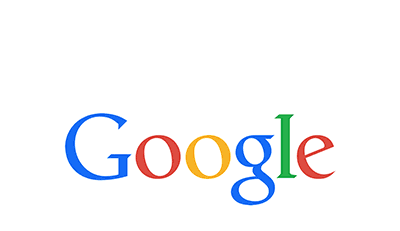When marketing your practice online, a pay-per-click (PPC) campaign is one of the fastest ways to have your website appear at the top of search engine results. The term pay-per-click references the concept that an advertiser (you) only pays when an Internet search user (prospective patient) clicks on your ad. You do not pay simply to have your ad appear at the top of the search engine results.
When implemented correctly, PPC campaigns can have a positive impact on your practice. A relevant, focused PPC campaign can help you drive more targeted traffic to your website, and ultimately help you generate more new patient appointments.
By following the techniques below, you can work toward an effective PPC campaign for your practice.
1. Set up your Google AdWords account at www.google.com/adwords. Setting up your account can be completed in just a few simple steps.
2. Create a campaign: Once you are logged in to your account, you will first create a new advertising campaign. Campaigns should be organized by theme for the services you want to advertise (such as cosmetic dentistry, general dentistry, orthodontics). You will later create “Ad Groups” under each campaign to target specific services.
a. Set campaign name(s). If you want to advertise cosmetic dentistry services, set your campaign name accordingly. Tying your campaign name to services you want to market will keep you organized and help you identify appropriate keywords and ad groups.
b. Specify geographical location for your ads to appear in. By clicking the “Let me choose…” option, you can specify the exact city, region, or zip code so your ads only appear to your local targeted audience.
c. Set your daily budget. Depending on the keywords you choose, a single click can range from £0.20 to £9 or more. To determine your daily budget, decide how much you are willing to spend on a campaign each month and divide it by the number of days in the month.
3. Create ad groups: Ad groups are a collection of ads under a campaign that corresponds to a group of related keywords. Creating ad groups enables you to further segment your campaign to focus on specific products or services. For example, if your campaign is for “cosmetic dentistry” and you want to market services for “teeth whitening” and “veneers,” you should create separate ad groups for each of these services under the same campaign.
4. Generate ad text: After you create ad groups, you will set the ad text headlines, descriptions, and URLs.
a. Headline (25 characters): Write a brief statement that includes the related keywords. For example, if your ad group is for teeth whitening, a good headline might read “Teeth Whitening Special.”
b. Description: Next, create a two-lined description (35 characters or less) that emphasizes benefits of the service and includes a clear “call to action” to encourage visitors to click, call, or contact your practice.
c. Add URLs: You will add your display URL (your web address) and the destination URL (the page a user will be sent to after clicking your ad). The destination URL should lead to a page on your website that focuses on the advertised service, to help visitors quickly access information on the topic for which they searched. It is important to avoid just dropping visitors onto your home page.
Your ad text might be input as:
Headline: Teeth Whitening Special
Description Line 1: Get brighter, whiter teeth today.
Description Line 2: Call for your free consultation!
Display URL: http://www.yourdentist.co.uk
Destination URL: http://www. yourdentist.co.uk /teethwhitening
5. Select relevant keywords: Choose keywords that relate to your ad group title. When brainstorming keywords, make sure you use terms and phrases that people might search for on Google to find your product or service. AdWords also has a “Keyword Tool” that can help you build your keyword list.
6. Incorporate ad text into your website: If you are advertising a discount or particular service, make sure your ad links to a page on your website that displays this information to help prospective patients immediately find what they are seeking. Edit your webpage to include your keywords, the title of your ad group, and the title of your campaign.
Seeing that Google is the favored go-to search engine for 81% of Internet users, Google AdWords is prime real estate for running your PPC campaign. By creating an effective PPC campaign, you can drive immediate traffic to your website and ideally convert these online search users into new patients.

